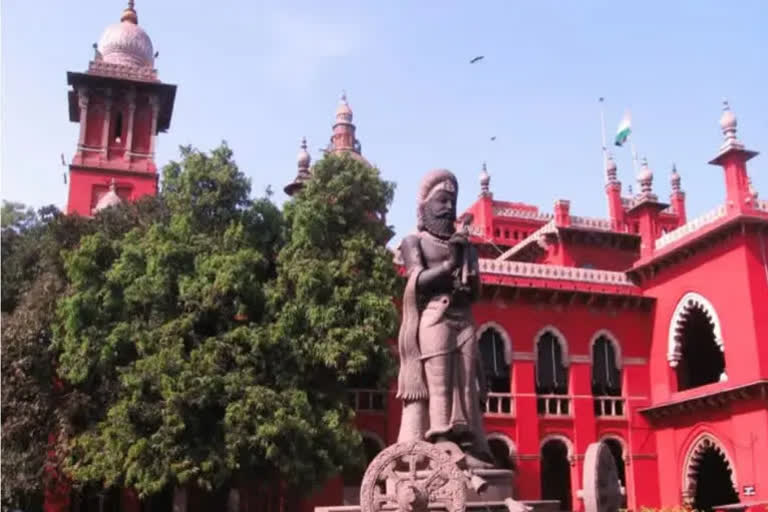Chennai: Hereditary priesthood in major temples has once again secured judicial imprimatur with the Madras High Court ruling that excluded them from the purview of the state in the appointment of priests. Even while upholding the validity of the DMK government's amendments to the rules providing for the appointment of archakas (temple priests) from all castes, the court has held that the agamic temples are exempt from it.
Though the DMK and its ideological mentor, the rationalist Dravidar Kazhagam (DK), have welcomed the judgment as a victory, it has also provoked a debate on the judiciary giving its stamp of approval for untouchability in temples. More so, since these agamic temples are the richest among all the temples under the HR&CE Department.
In the reasoning of the court, the appointment of archakas to the agama temples should be in accordance with the relevant agama sastras and not as per the statutory rules which would apply only to non-agamic temples. The First Division Bench of Chief Justice Munishwar Nath Bhandari and Justice N Mala, recalling the apex court judgments (1972 and 2006) holding that “the government's rule-making powers should not interfere with the rituals and ceremonies of temples,” made it clear that the appointment of archakas must be strictly in accordance with the agamas.
Further, it was pointed out that Saivite temples are governed by 28 agamas of which the most important are Karmika agama, Karana agama, and Suprabeda agama. The principal agamas of the Vaishnavites are Vikhanasa and Pancharatra. Significantly, the Division Bench verdict is in line with the supreme court judgment which said that the Vikhanasa Sastra permits only those born to Vikhanasa parents to be eligible to be priests who could touch the idols and perform the rituals and no one else, including pontiffs or acharyas or even other brahmins.
The judges then directed the constitution of a five-member panel, headed by retired HC judge M Chokkalingam and Madras Sanskrit College Executive Committee head N Gopalaswami to identify temples constructed as per agamas. This is intriguing since many temples in the state have strayed away from agamic tradition and there are difficulties in ascertaining the status of each temple.
Hence, the judgment had invited criticism from several quarters. “The thrust on agamas in the appointment of priests raises questions. For one, it upholds hereditary priesthood and the second is an authentic account of agamas themselves. Above all, this smacks of an Islamic – Abrahamic – approach of primacy to textualism,” says senior journalist K Venkataramaman adding that in the Orwellian sense all are equal but some are more than equal.
